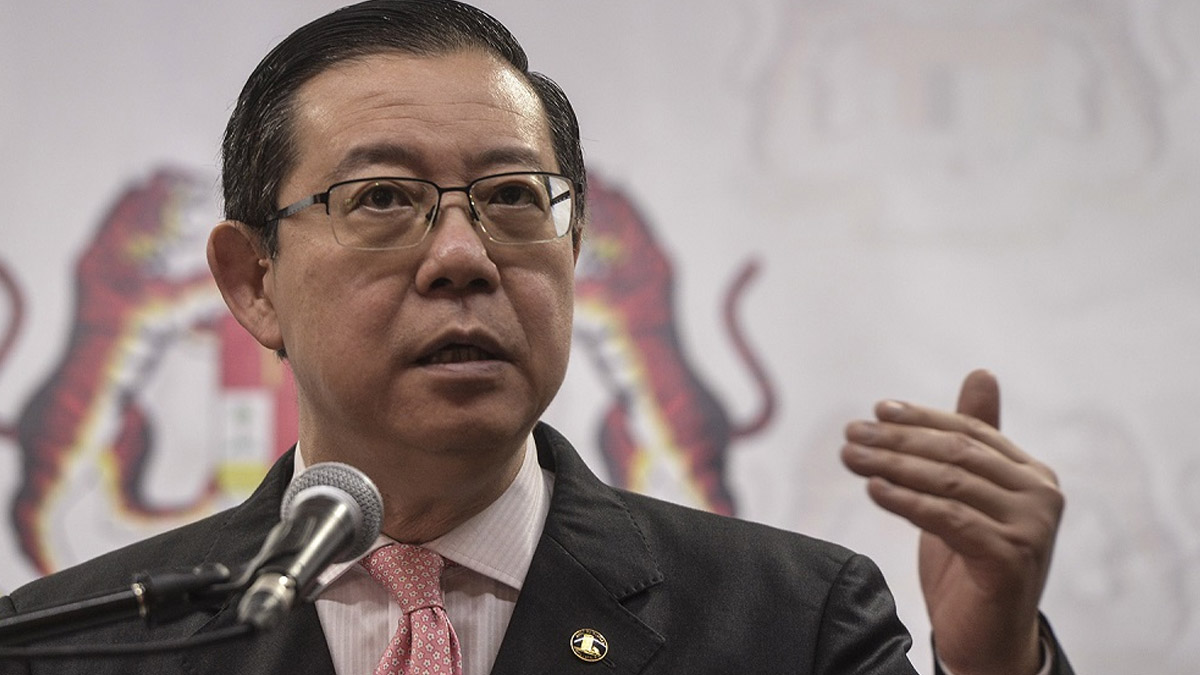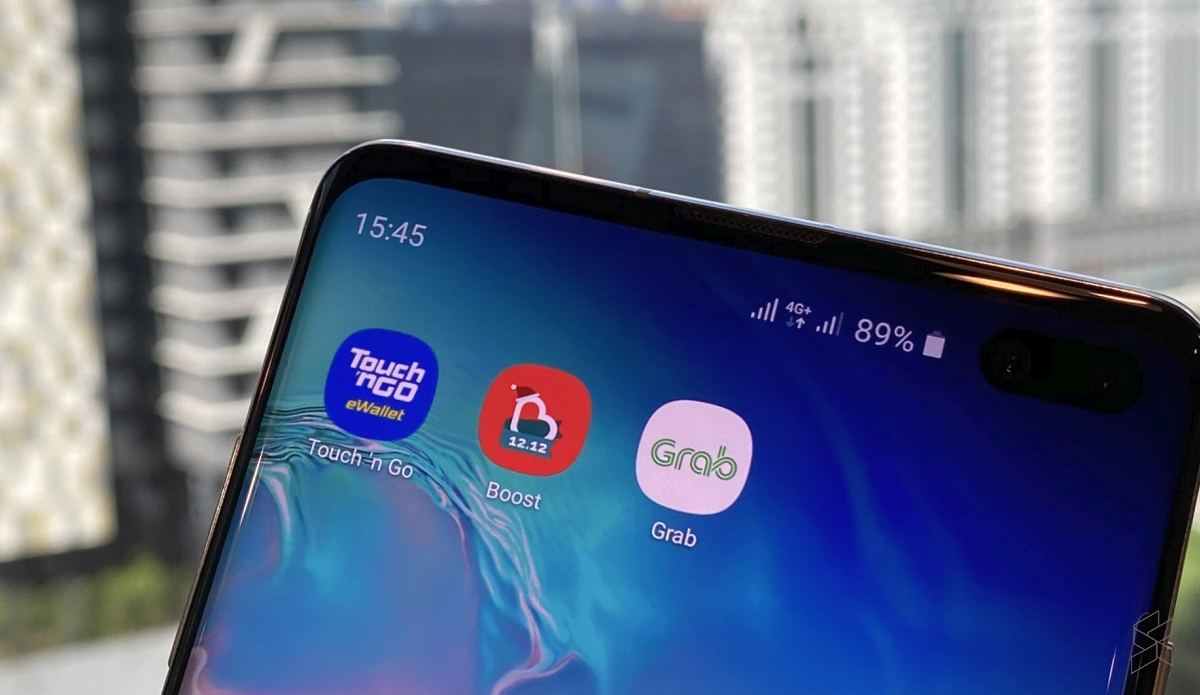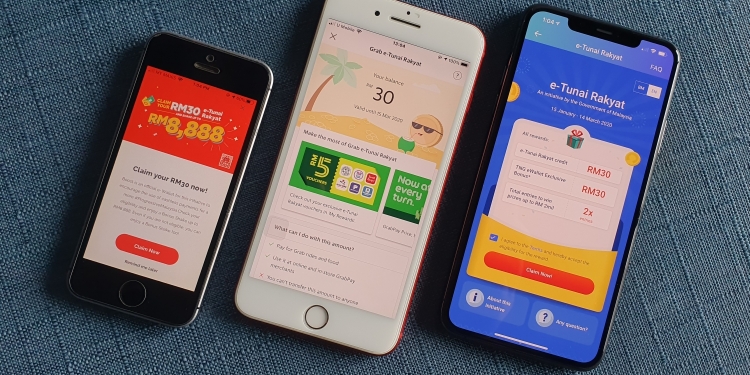The eTunai Rakyat incentive campaign only started on January the 15th, but the general word is that the response has been pretty good from Malaysians, with a reported RM10 million spent on the first day alone. Finance Minister Lim Guan Eng has also revealed that RM105 million was spent since January as of yesterday—almost a quarter of the RM450 million allocation announced during Budget 2020.
According to the Malay Mail:
“To date, from the 4.8 million applications, 3.5 million have been approved and response has been encouraging,”
Additionally, the majority of Malaysians who redeemed the RM30 eTunai Rakyat incentive spent it on groceries, telecommunications, transportation, and food, the minister revealed. That seemingly indicates that eWallets are used by Malaysians to pay for a relatively wide range of bills, and it should also provide more evidence that eWallets are viable payment options in Malaysia, with an increasingly wide coverage of supported merchants and platforms.

The eTunai Rakyat incentive was introduced with the aim of encouraging adoption rates of eWallets, with three eWallet providers chosen: Grab, Touch ‘n Go eWallet, and Boost. For their part, Grab has announced that new GrabPay users have increased by 6 times, while providers also described an “overwhelming” response on the first day of the campaign.
The RM30 is not transferable, with eWallets disabling the transfer feature after the incentive has been redeemed. But providers have also offered incentives of their own, including vouchers and promotions. But eWallet providers aren’t the only commercial entities getting in on the action, with certain F&B joints even offering discounts for eWallet payments, and some telcos also having eWallet promotions.

That’s certainly not unexpected, and that’s arguably all part of the aim of the eTunai Rakyat digital stimulus. The Finance Minister was also queried if the eTunai campaign will serve as a platform for future subsidies. But there’s still a long way to go, according to Lim:
“Before that, it is important to register the people to be part of digital payment programme, now [it] is less than eight million.”
[ SOURCE ]








